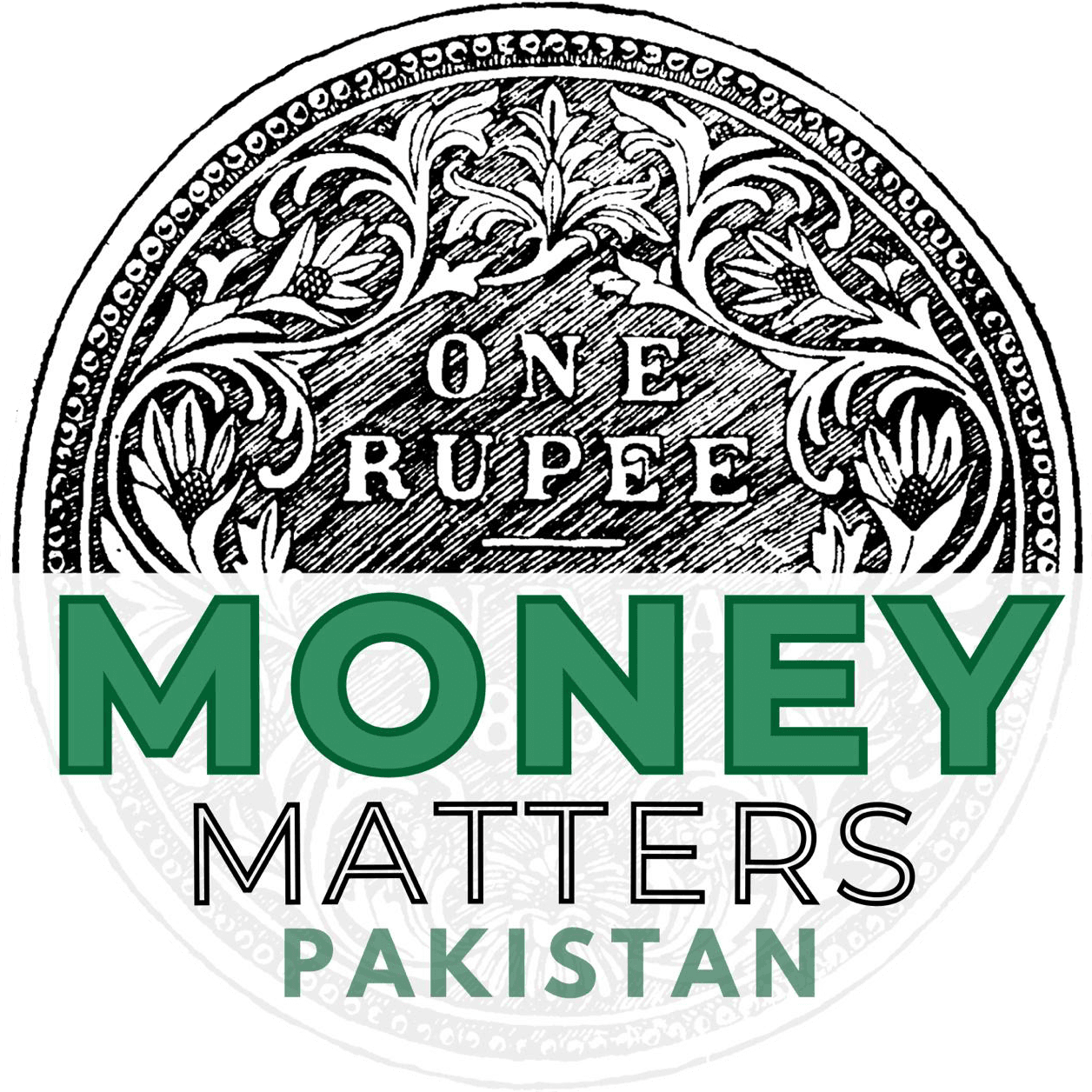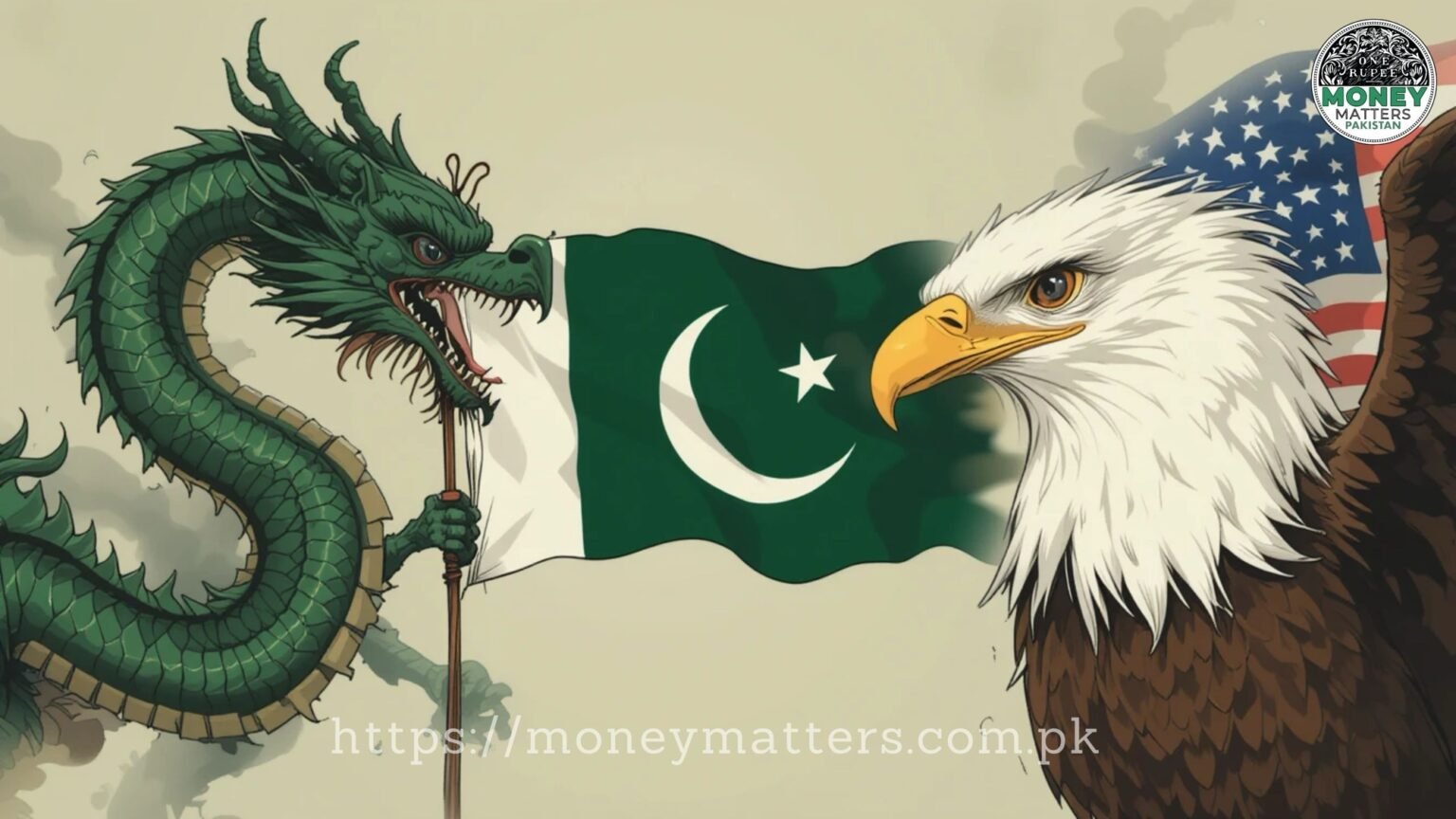Growing debt and trade imbalances with China pose challenges as Pakistan seeks to maintain ties with Western markets.
Key Takeaways:
* Pakistan faces a complex geopolitical challenge, needing to balance its economic reliance on China with its dependence on American and European markets for capital.
* The country’s significant debt exposure to China, estimated at $28.79 billion, limits its ability to distance itself from Chinese influence.
* Despite strong ties, there’s a reported decline in goodwill between China and Pakistan due to security concerns and repayment difficulties.
Money Matters Monitoring Desk – April 18, 2025 – A recent analysis published by Dawn (Pakistan) and featured in The Kathmandu Post, titled “Pakistan’s exposure to China” and authored by Khurram Husain, highlights the intricate economic and strategic dynamics facing Pakistan. The article points out that, “Pakistan earns its capital by participating in the markets of America and the European Union, and it spends this capital to purchase consumer goods as well as intermediate goods and machinery from China,” according to Husain.
China holds approximately $28.79 billion of Pakistan’s external debt, making it the largest bilateral creditor China becomes Pakistan’s largest creditor with $29bn loans. This substantial financial dependence complicates Pakistan’s efforts to diversify its economic partnerships and maintain an independent foreign policy.
Pakistan’s economic relationship with China is multifaceted. While the nation relies on Western markets for crucial capital, it depends heavily on China for consumer goods, machinery, and, significantly, arms. Data indicates that Pakistan is the largest buyer of Chinese arms, importing $5.28 billion worth between 2019 and 2024, constituting 81% of its total arms imports China and Pakistan.
Furthermore, Pakistan’s debt to China is a major concern. Recent reports indicate that China holds approximately $28.79 billion of Pakistan’s external debt, making it the largest bilateral creditor China becomes Pakistan’s largest creditor with $29bn loans. This substantial financial dependence complicates Pakistan’s efforts to diversify its economic partnerships and maintain an independent foreign policy.
The China-Pakistan Economic Corridor (CPEC), a major part of China’s Belt and Road Initiative, has further integrated the two economies. While CPEC has facilitated significant investment in Pakistan’s infrastructure, it has also increased Pakistan’s debt burden.
Adding to the complexity, recent reports suggest a strain in the relationship between the two countries. Security concerns and difficulties in repayment of debts have contributed to a decrease in goodwill.
In conclusion, Pakistan navigates a challenging economic landscape, balancing its strategic alliance with China against its need for access to Western markets and financial stability. Reducing reliance on bailouts and diversifying economic partnerships are crucial steps for Pakistan to secure its economic future.




